Community Green Spaces: The Heartbeat of Urban Life
Community green spaces are more than just patches of grass or rows of trees tucked amidst city buildings; they serve as the lungs, the soul, and the heartbeat of urban environments. These vibrant places offer residents a vital escape from the hustle and bustle of city living, nurturing physical well-being, mental tranquility, and a sense of collective identity. As cities grow and densify, the significance of meticulously designed and well-maintained green spaces becomes increasingly important—not just for their aesthetic value, but for their profound impact on community cohesion, sustainability, and the overall quality of urban life.
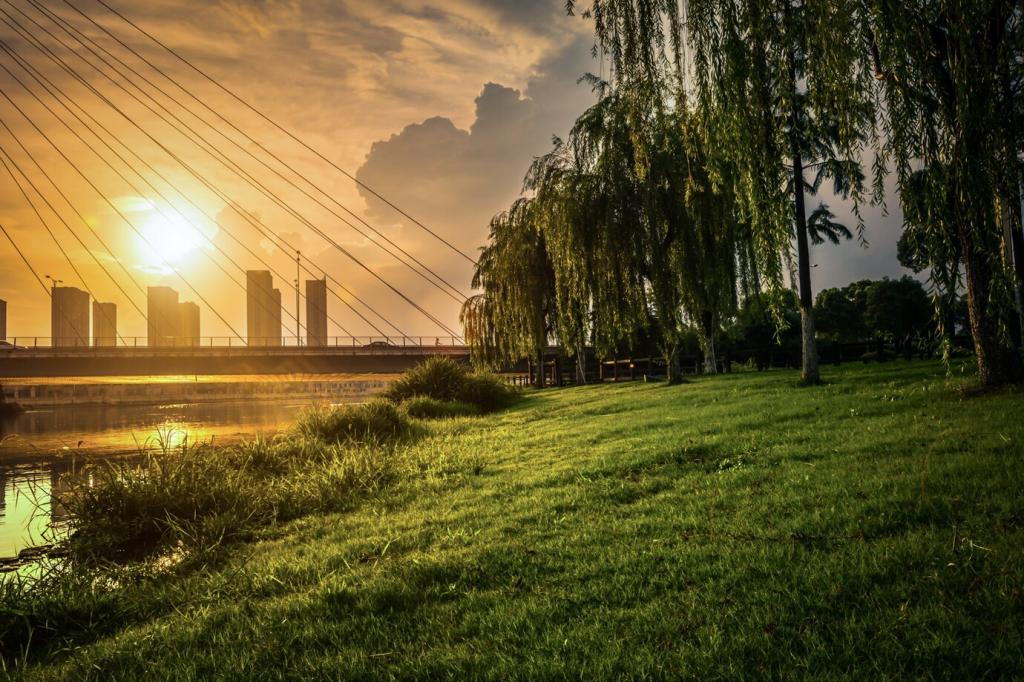
Urban Oases: Benefits Beyond Beauty
01
Physical Health and Wellbeing
Access to green spaces has been repeatedly linked to improved physical health outcomes. Parks and community gardens encourage outdoor activities such as walking, jogging, cycling, and sports, making it easier for individuals of all ages to incorporate exercise into their routines. Studies show that neighborhoods with abundant greenery experience lower rates of obesity, cardiovascular disease, and respiratory ailments. Clean air, shade, and natural landscapes not only make physical activity more enjoyable but also support lifelong healthy habits.
02
Mental Restoration and Stress Relief
The calming influence of nature cannot be overstated. Amid the concrete and commotion of urban environments, green spaces offer a sanctuary for the mind. Time spent among trees, flowers, and water features has been shown to decrease anxiety, enhance mood, and improve concentration. These effects are especially important in cities, where overcrowding and relentless stimulation can elevate stress levels. Community green spaces provide a daily opportunity for urban residents to reconnect with themselves in tranquil, restorative surroundings.
03
Building Social Connections
Community green spaces are natural gathering places that nurture relationships and strengthen social networks. Parks host neighborhood events, picnics, and cultural celebrations that bring people together across generations and backgrounds. Children make new friends in playgrounds, while adults forge bonds on walking trails or community gardens. This sense of shared space and purpose builds trust, cooperation, and a sense of safety—all essential ingredients for strong, resilient communities.
Environmental Guardians: Champions of Urban Ecology
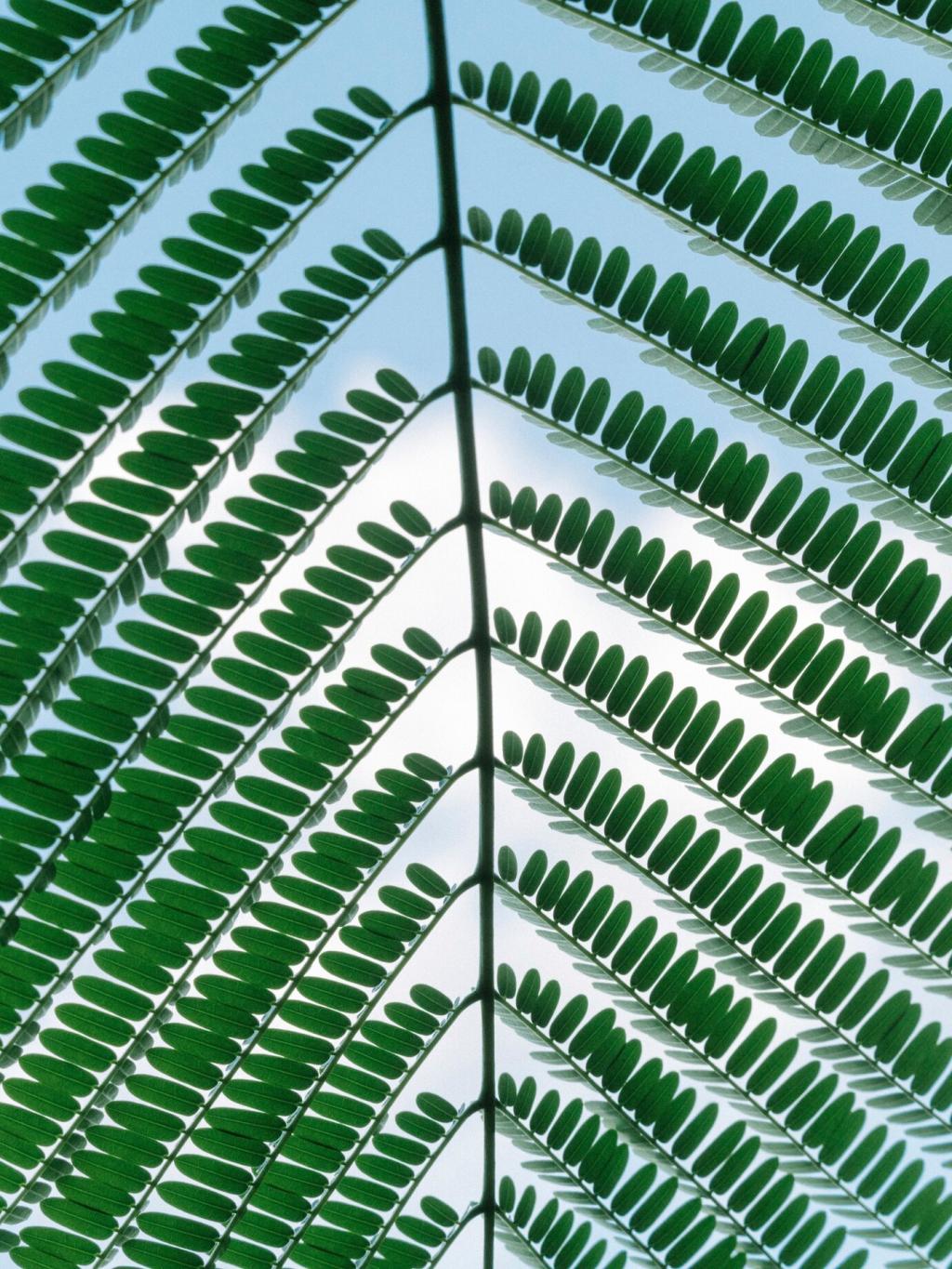
Biodiversity Refuges in the City
Urban green spaces are critical habitats for a wide range of plants, birds, insects, and small mammals. They provide pockets of biodiversity that help sustain the delicate balance of urban ecosystems. Well-designed parks support pollinators, native plants, and migratory wildlife, all of which enrich the urban environment and contribute to larger conservation efforts. By planting indigenous species and thoughtful landscaping, these spaces combat the loss of biodiversity typically associated with urbanization.
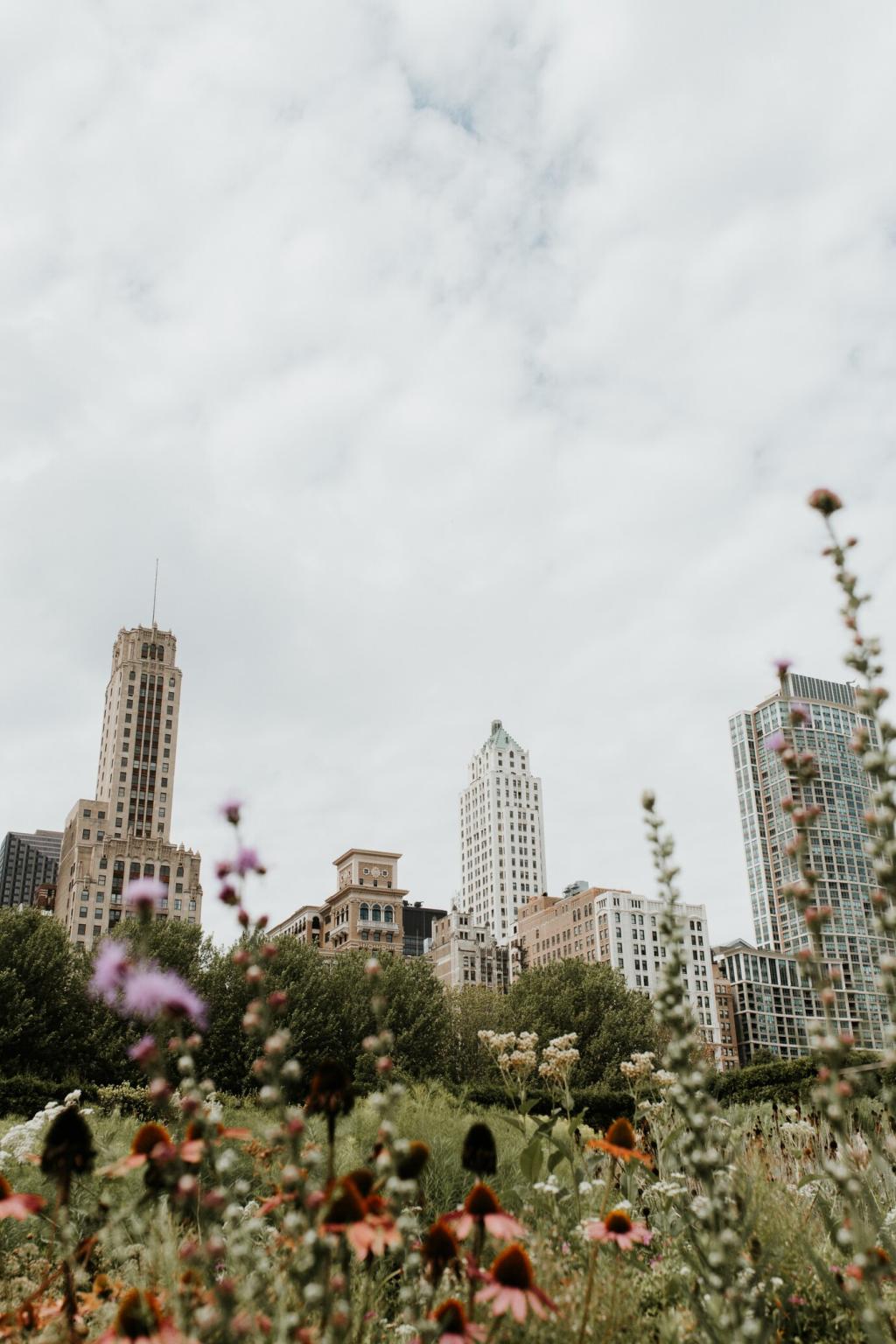
Improving Air and Water Quality
Trees, shrubs, and grassy lawns do more than beautify—they filter air pollutants, trap particulate matter, and reduce the urban heat island effect. The presence of vegetation helps cool city streets, provides shade, and mitigates the impact of heatwaves. Additionally, permeable green surfaces absorb rainwater, reduce runoff, and filter impurities before they reach city waterways. This natural purification system supports cleaner air to breathe and safer water to drink, benefiting both people and the surrounding environment.

Climate Change Mitigation and Adaptation
Community green spaces play a pivotal role in helping cities adapt to and mitigate the impacts of climate change. They act as carbon sinks, absorbing CO2 and helping offset emissions from vehicles and industries. Shaded, well-vegetated areas reduce the demand for air conditioning, cutting back on energy use and greenhouse gas emissions. When designed with resilience in mind, green spaces also serve as buffers against flooding, drought, and extreme weather, making cities better equipped to face the challenges of a rapidly changing climate.
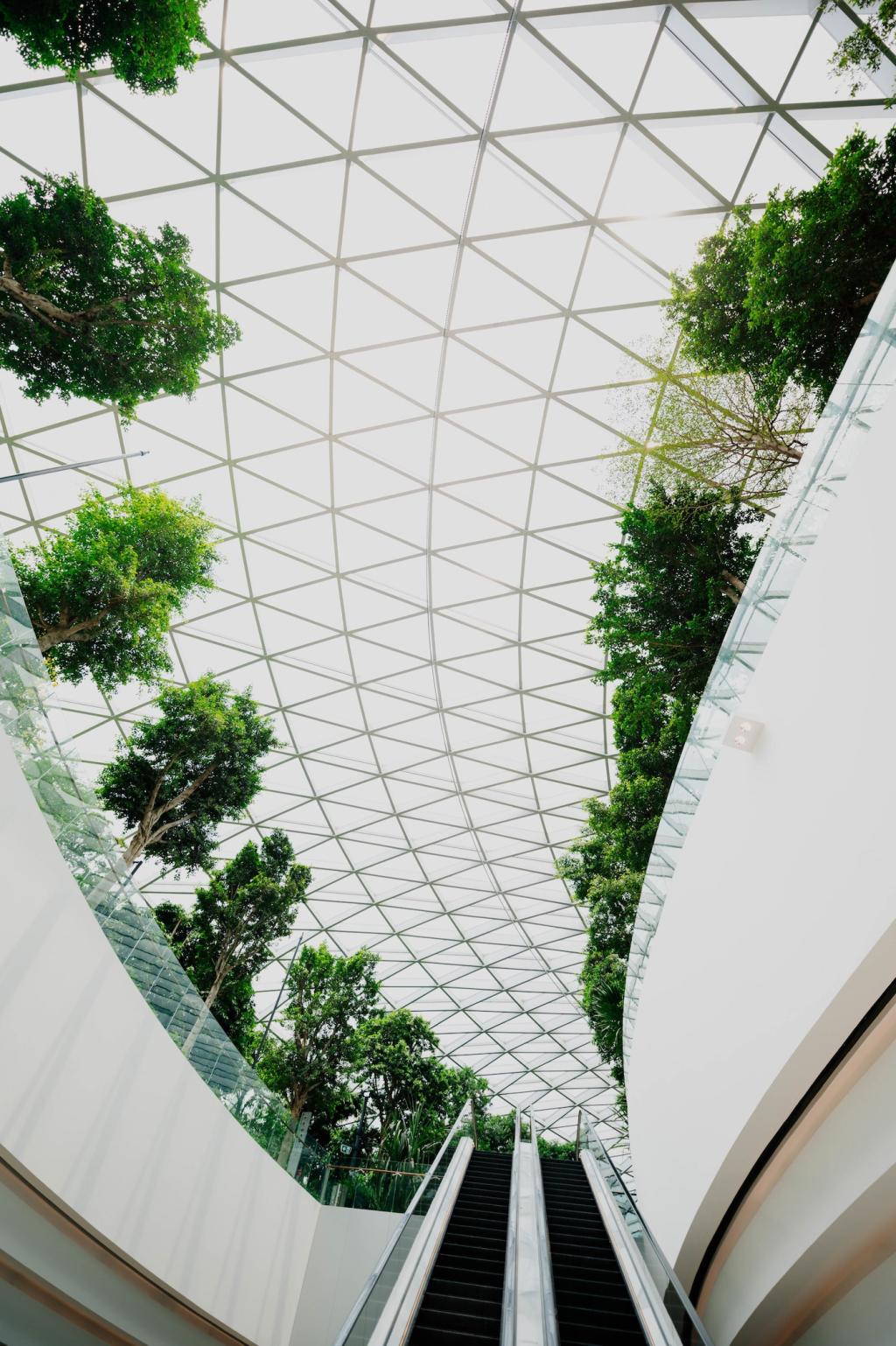
Accessibility for Diverse Populations
A truly public green space is one where everyone can participate equally. This means removing physical barriers to entry, providing accessible paths, seating, and play areas, and ensuring information about park amenities is available in multiple formats and languages. When green spaces are thoughtfully designed with universal accessibility in mind, they become spaces where the elderly, people with disabilities, families with young children, and visitors from all walks of life can all find enjoyment and connection.
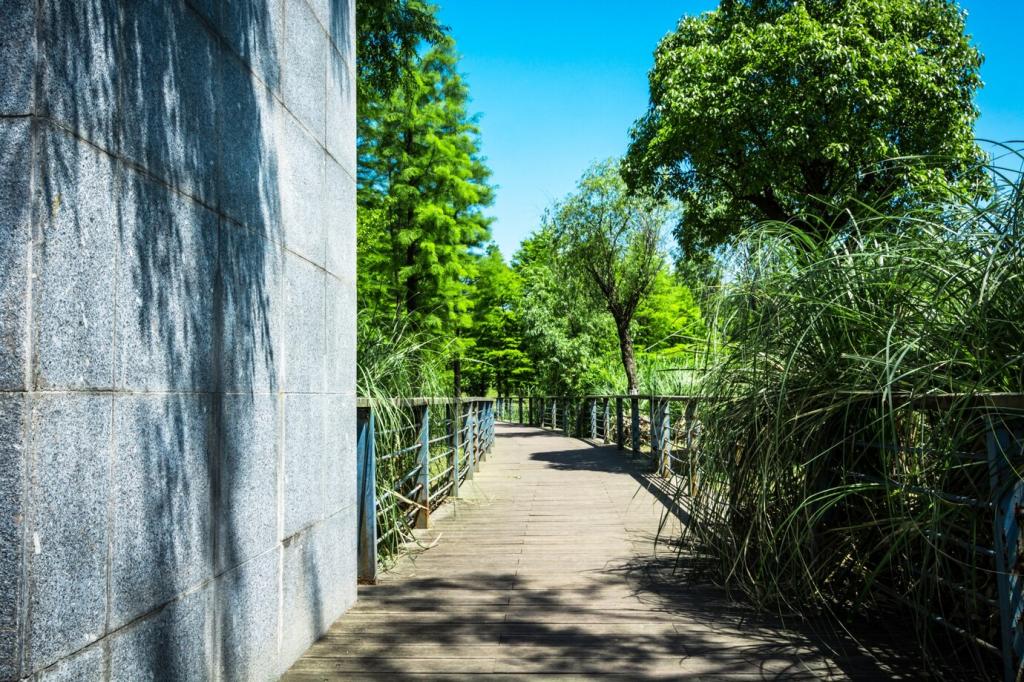
Culturally Relevant Programming
Community green spaces achieve their full potential when they reflect and celebrate the cultural richness of the neighborhoods they serve. Programming can include festivals, music performances, art installations, and educational activities tailored to local traditions and interests. When parks serve as venues for cultural expression and community storytelling, they foster pride and create an inclusive atmosphere that honors the diversity of urban populations.

Safety and A Sense of Belonging
Safety is fundamental to the thriving of any green space. Well-lit paths, visible sightlines, and active programming increase the feeling of security and welcome. Community involvement in the stewardship and design of green spaces also strengthens the bond between residents and their environment, reinforcing a sense of ownership. When people feel safe and valued in their parks, green spaces become dynamic places where everyone feels at home.
